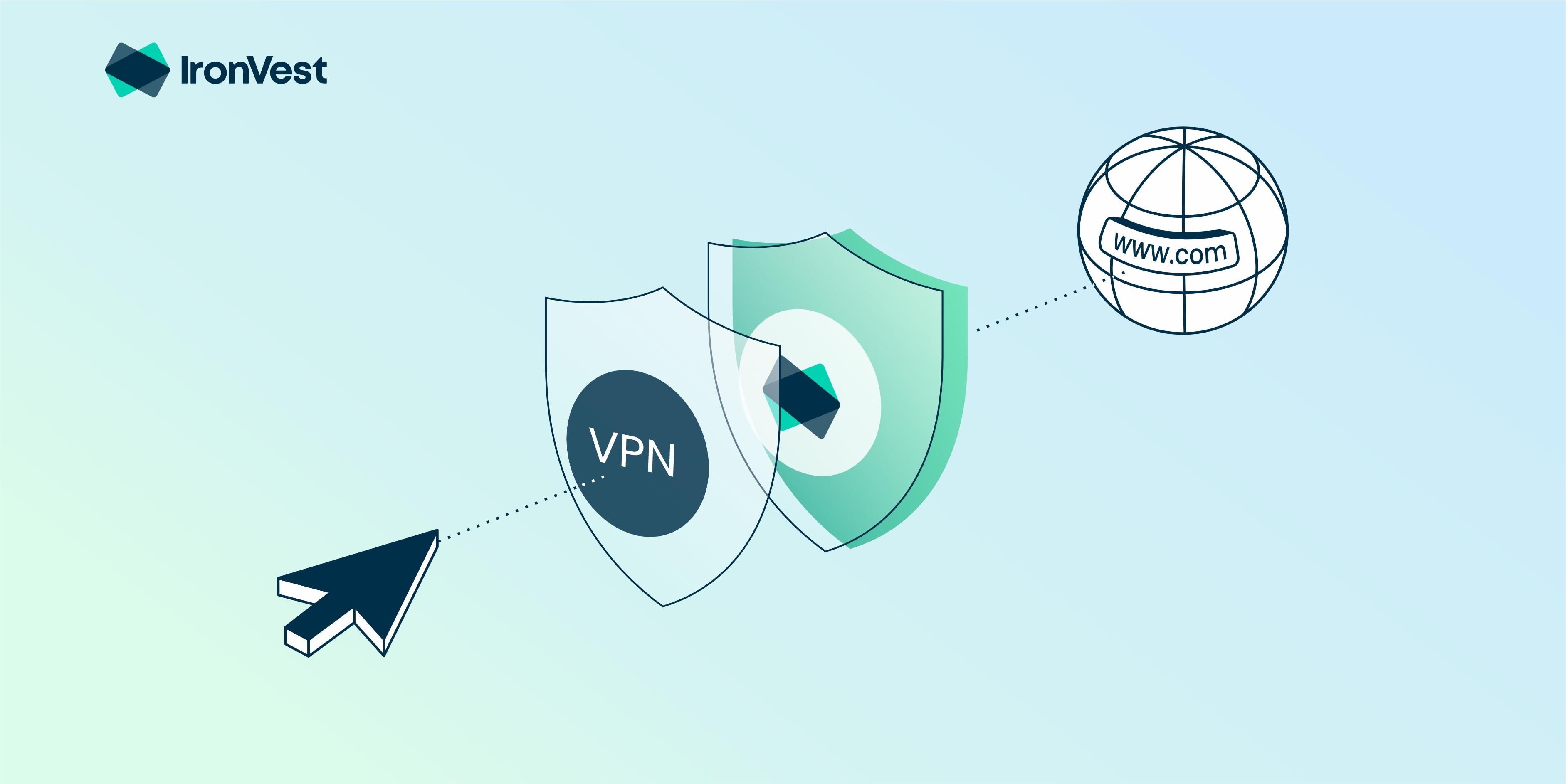
Strengthening Digital Fortresses: NIS2 and the Fight Against Cyber Threats
In an age where digital vulnerabilities can lead to staggering economic losses, the NIS2 Directive emerges as a beacon of hope for businesses navigating the murky waters of cyber threats. The implementation of the NIS2 directive in Germany aims to bolster critical infrastructure against the rise of hybrid global threats, addressing a pressing concern as the 2023 economic damage from cyberattacks reached an alarming €266.6 billion.
 Strategies for enhancing cybersecurity resilience
Strategies for enhancing cybersecurity resilience
The Current Landscape of Cybersecurity Risks
With the evolving sophistication of cyber threats, nearly 50% of German companies recognize a pressing need to bolster their risk management strategies. As threats become increasingly intricate, companies must go beyond basic compliance and develop comprehensive resilience strategies encompassing crisis management, location security, communication infrastructure, and IT services.
NIS2: A Game Changer for Risk Management
Deemed as a pivotal piece of legislation, NIS2 significantly impacts risk management—transforming it into a vital competitive factor for businesses. Organizations are urged to assess their current circumstances and devise a roadmap for enhancing risk management that aligns with NIS2 standards. As companies embrace this change, a properly executed strategy can evolve into a salient competitive advantage, allowing them to navigate the challenges of today’s digital marketplace successfully.
The Attack Surface for Financial Institutions
Concurrently, the evolving nature of threats is epitomized by the latest advancements in malware such as FASTCash, which has now expanded its capabilities to target Linux systems. Originally designed to compromise payment systems, FASTCash has evolved into a formidable tool for cybercriminals, allowing unauthorized cash withdrawals from financial institutions.
Targeting Linux: The New Frontier
Specifically, this new variant is engineered to infect systems like Ubuntu 22.04 LTS, marking a significant transition from its predecessors that largely targeted Windows and IBM AIX platforms. Utilizing the shared library method, FASTCash manipulates transaction processes by injecting malicious codes into payment switch servers—ultimately enabling hackers to approve transactions even when funds are insufficient. Such innovative methods exemplify the growing risks financial institutions face in an increasingly interconnected world.
“The rapid evolution of FASTCash spells danger for financial institutions worldwide, prompting the urgent need for enhanced defensive measures.”
Safeguarding Financial Systems
To combat threats like FASTCash, organizations are encouraged to adopt the following protective measures:
- Beware of Phishing: Always verify email senders and avoid downloading suspicious attachments.
- Monitor Systems Closely: Report any unusual transaction behavior immediately.
- Keep Software Updated: Ensure all devices receive the latest security patches.
- Secure Financial Systems: Implement robust authentication methods for remote access.

The Road Ahead: Proactive Resilience Strategies
Moving forward, resilience strategies must encompass a holistic view of the organizational environment. This requires consistent updates to security protocols and practices, actively engaging with the latest cybersecurity trends. Companies can leverage resources provided through Kyndryl’s expertise in security consulting to fortify their defenses against evolving threats.
Leveraging Risk Management as a Competitive Edge
Investing in robust risk management not only safeguards against potential threats but also allows companies to effectively navigate regulatory requirements such as the NIS2 directive. The focus must shift towards creating adaptable infrastructures capable of resisting short-term disruptions while maintaining long-term operational integrity.
Conclusion: Embracing Change in the Digital Age
As cyber threats grow more intricate, the need for resilient infrastructures has never been more crucial. By adopting comprehensive risk management aligned with NIS2 and embracing advancements in technology, businesses can not only protect themselves from threats like FASTCash but also position themselves as leaders in cybersecurity within their industries. In this digital era, strategic adaptation will be the cornerstone of sustained success.
Useful Resources
For businesses facing the evolving landscape of digital threats, understanding and acting on these guidelines is essential for maintaining both security and a competitive edge.













